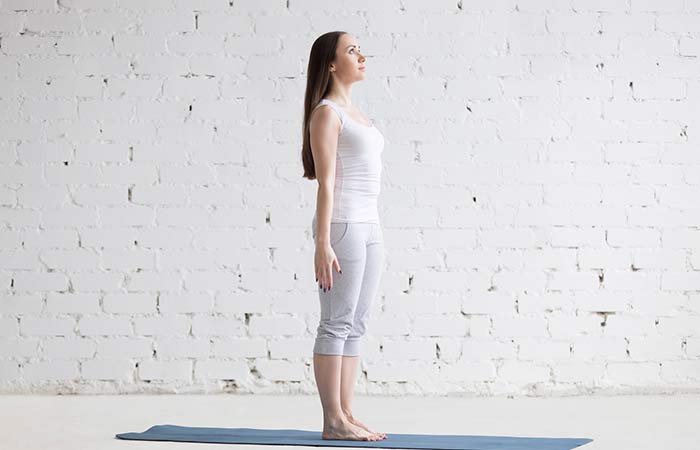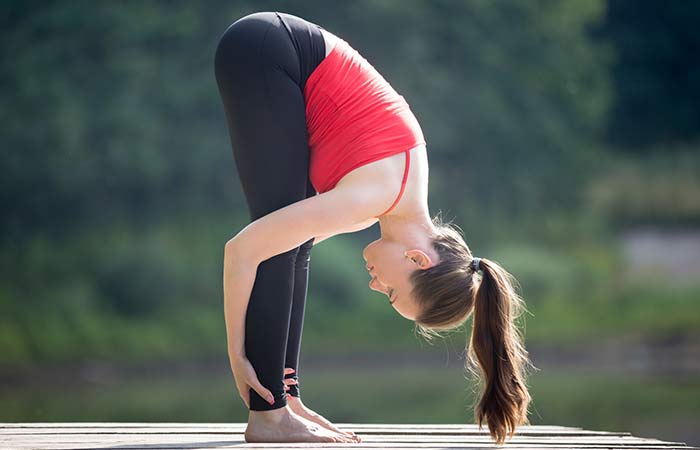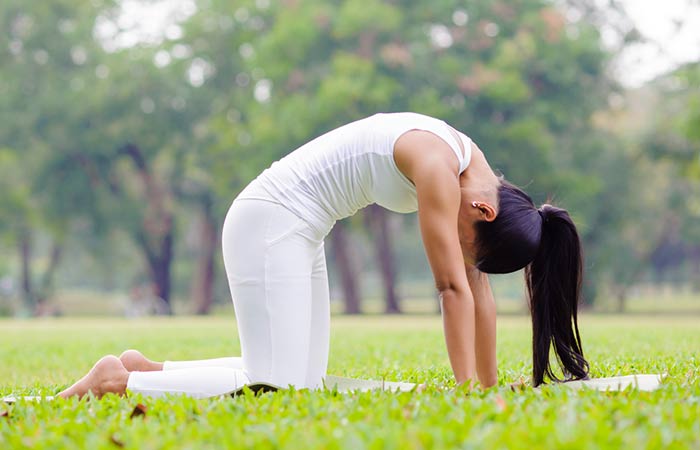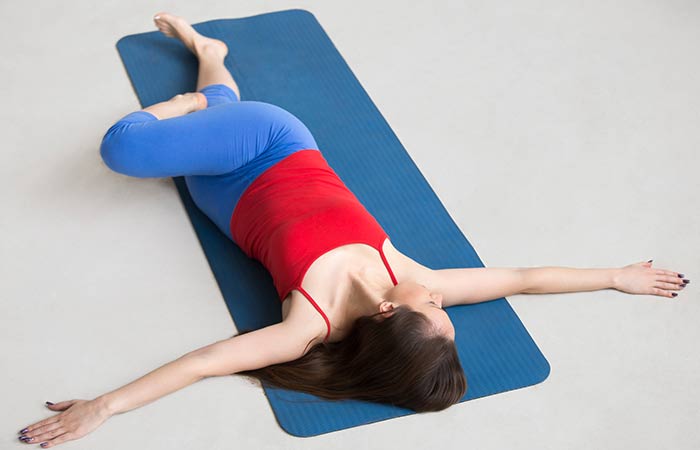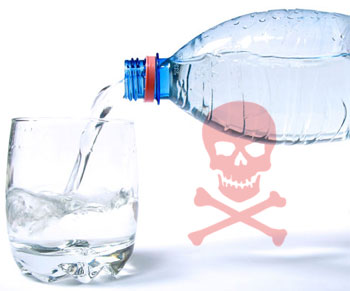Yogasana
Yoga has a mysterious charm. Reading about its many benefits and looking at the super flexible Yogis practice the asanas with ease can be quite enticing. You might feel that those difficult poses are impossible, and yoga is not your cup of tea. This article will change your perception about yoga. It is easy, and is for everyone, no matter your age or fitness levels. Trust us and read on, and you will know how easy it is to ease into yoga.
Yoga is an incredible practice that is way beyond a regular workout. It works on the mind, body, and soul. It is not just a set of challenging limb-twisting poses. When you combine your breath with movement, yoga becomes something beautiful. It uplifts you both physically and mentally. Eventually, you will realize that yoga is actually effortless and easy.
It doesn’t matter if you are flexible or not. Whether you are 5 or 80, whether you are fit or fat – yoga is for everyone. You need to break free of all the apprehensions, leave behind all the myths and embrace the practice. Your journey through yoga is only going to bring you relaxation and joy. It will help you ease into the practice and shake off the stiffness in your body.
12 Easy Yoga Poses For Beginners
- Tadasana
- Uttanasana
- Virabhadrasana I
- Adho Mukha Svanasana
- Vrikshasana
- Bhujangasana
- Marjariasana
- Balasana
- Setu Bandhasana
- Baddha Konasana
- Supta Matsyendrasana
- Shavasana
1. Tadasana
Also Known As – Mountain Pose
Benefits – The Tadasana is the mother of all the asanas. Most standing asanas spring from the Tadasana. The very first thing this asana will do is correct your posture. It will strengthen your legs and tone your hips and stomach. It increases the agility of your spine. When you take the right stance, everything else falls in place.
How To Do It – Stand erect, and place your feet slightly apart. Let your hands hang from your shoulders, alongside your body. Firm the muscles in the thighs, but make sure you do not harden the lower part of the abdomen. Strengthen the inner arches of the ankles, and feel the energy pass from your feet to your head. Turn your gaze upwards, and breathe. Feel the stretch in your body as you hold the pose for a few seconds. Release.
2. Uttanasana
Also Known As – Padahastasana, Hasta Padasana, Standing Forward Bend
Benefits – Uttanasana, when translated in English, is called the most powerful stretch. This asana improves blood circulation and allows a fresh bath of blood that is filled with nutrients and oxygen to rush to your head. When this happens, you feel instantly rejuvenated. This asana stimulates the kidneys, liver, and digestive system. It also gives your back a good stretch. It calms your mind and relieves headaches and insomnia.
How To Do It – Stand in the Tadasana, and take a long deep breath. Bend as you exhale. Fold your body at the waist. Place your hands on the floor beside your feet that are parallel to each other. Push your torso forward as you extend the stretch and lift the tailbone. Hold for a few seconds and release.
3. Virabhadrasana I
Also Known As – Warrior Pose
Benefits – This asana allows you to explore your upper body. It helps open up your chest. It also works intensely on your back and legs, thereby stretching and strengthening them. It is an excellent asana for those who have desk jobs because not only does it restore the health of the spine, but it also stimulates the metabolism. It relaxes the mind and body and also helps you focus.
How To Do It – Place your feet hip-width apart. Now, pivot on your left foot, and allow your right foot to face forward. Ensure that the arch of the left foot is in the same line as the right foot. Lower the pelvis as you assume a lunge. Lift your arms above your head and look forward. You could pulse and then hold the pose. Maintain your balance and integrity while you hold this graceful pose. Release and repeat with the left foot forward
4. Adho Mukha Svanasana
Also Known As – Downward Facing Dog
Benefits – At the outset, this asana is great for your spine. It elongates the spine and removes all the stress and tension that is trapped in the spine. It also gives the hamstrings a good stretch and helps strengthen the legs. This eliminates a whole lot of burden from the back. Blood circulation is improved, and so is digestion. You are left energized and rejuvenated after this asana.
How To Do It – Come onto your fours. Now, lift your knees off the floor, and straighten them. Place your feet flat on the ground. This might be challenging for a beginner. No matter how your feet are placed, ensure that you are comfortable and not in pain. Take two steps backward and move your hands forward so as to create an inverted ‘V’ with your body. Your hips should be higher than your heart, and your head lower. Let your head hang as you hold the pose for a few seconds. Release.
5. Vrikshasana
Also Known As – Tree Pose
Benefits – The Vrikshasana is a great balancing pose. It helps you improve your ability to focus and concentrate. This asana strengthens the spine and the legs. It also aids neuromuscular coordination. Through this asana, you can improve your seeing and hearing abilities. It helps deepen the thorax too.
How To Do It – Stand in the Tadasana. Slowly lift your right foot off the floor, and hug your right knee. Once you gain some balance, open up your right hip by turning your folded knee out. Place your right foot against the left thigh and hold the pose. As a beginner, you can use the wall for support. Eventually, you can fold your hands at the center of your chest. Also, remember to set your gaze on a distant object to help you focus and balance better. Once you release, repeat the asana with your left foot raised.
6. Bhujangasana
Also Known As – Cobra Pose
Benefits – This asana has countless benefits. Of course, it works on your back, but it also stimulates your digestive, reproductive, and urinary systems, helping them to work better. Practicing this asana regularly helps open up your chest and throat. The Bhujangasana helps regulate your metabolism too.
How To Do It – Lie down with your stomach facing the ground, ensuring that your legs are stretched out. Place your elbows by your side. Slowly lift your chest, and place the body weight on the elbows. Take a long deep breath, and release.
7. Marjariasana
Also Known As – Cat Pose
Benefits – This asana adds flexibility to the spine and enhances the circulation of blood and spinal fluids. It calms your mind and relaxes your body. This asana is also a great abdomen toner as it slowly burns the pockets of fat. It helps in complete body detox.
How To Do It – Ideally, this asana is done in combination with the Bitilasana and together, the asanas are called the Cat-Cow. To do the Marjariasana, you must come onto your fours. Then, inhale and lift your spine as you round it, making it concave. Bring your chin to your chest. Exhale and lift your chin to look up as your back goes into a convex position. This is the Bitilasana. Repeat these two asanas alternatively, coordinated with your breath. The asanas must be done at least five times each for best results.
8. Balasana
Also Known As – Childs Pose
Benefits – This asana is a relaxing pose. It is meant to relax the back and calm the mind. It also massages and flexes the internal organs, thereby stimulating them. It releases trapped stress in the muscles and improves blood circulation. This asana is especially helpful to beginners. If you feel dizzy or fatigued during the practice, breaking into this asana will ease you instantly.
How To Do It – Come on to all fours. Bring your feet together, and widen your knees. Rest the abdomen on your thighs, and place your buttocks on your feet. Your forehead must touch the ground. Stretch out your arms. You can also place them next to you, alongside your legs, with the palms facing upwards.
9. Setu Bandhasana
Also Known As – Bridge Pose
Benefits –This asana works on straightening and strengthening the back. It also helps to open up the chest and reduce thyroid problems. It is an excellent asana for women as it strengthens their reproductive system. It also aids digestion. This asana works wonders for those suffering from insomnia, anxiety, and high blood pressure. The Setu Bandhasana calms the brain and relaxes the body.
How To Do It – Lie flat on your back, and bend your legs at the knees. Lift your hips and back off the floor. Be gentle. Now, straighten your shoulders and stretch out your arms as they rest on the floor such that they reach your feet. Take a few deep breaths as you hold the pose for a few seconds, and release.
10. Baddha Konasana
Also Known As – Cobbler Pose, Butterfly Pose, Bound Angle Pose
Benefits – This is another amazing asana for women to practice. It improves the health of their reproductive system and reduces the symptoms of menopause and menstruation. Practicing this asana also ensures ease of delivery (childbirth). It also works on the kidneys and digestive system. With regular practice, sciatica is relieved. This asana also improves blood circulation and calms the mind. It is a great hip opener.
How To Do It – Sit on the mat with your legs stretched out. Fold your knees, and join your feet at the center. Straighten your back as you make yourself comfortable. Hold your feet with your palms. Now, push your knees down to the ground, as much as you possibly can. Hold the pose for a few seconds and release.
11. Supta Matsyendrasana
Also Known As – Supine Twist, Reclining Lord Of The Fish Pose, Jathara Parivartanasana
Benefits – Twists make for amazing detoxes. This asana relieves sluggish digestion, stifled breathing, and aches and pains. It leaves you with a sense of revived energy. Your internal organs are toned, and your lower body gets a good stretch. Frazzled nerves are eased and relieved.
How To Do It – Lie down on your mat, with the back on the ground. Stretch out your arms on either side of your body. Now, lift and fold your right knee. Twist your hip and place it across the left side of your body. Turn your gaze to the right and hold the pose. Release. Repeat the asana with the left leg.
12. Shavasana
Also Known As – Corpse Pose
Benefits – This asana completely relaxes the body and allows it to reap the benefits of the workout. It gives you a boost of energy and also allows you to concentrate better. This asana is perfect to relieve stress and tensions. You can practice it every time you are stressed or feel low on energy.
How To Do It – Lie flat on your back, with your palms resting beside you and facing upwards. Make yourself comfortable and ensure that your body is in a straight line. Close your eyes and concentrate on every part of your body. Do not let go of your breathing. Be fully aware of each sensation in your body. Stay present in the moment. Stay in this asana for a few minutes, and then bat your eyelids open as you prepare your mind and body for the rest of the day

